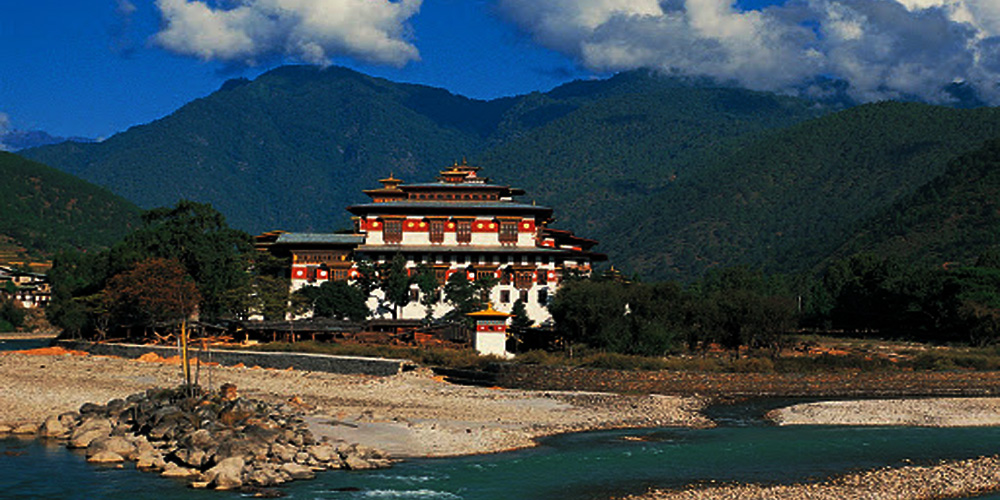People in Bhutan
|
Bhutanese people can be generally categorized into three main ethnic groups. The Sharchops (People from the Eastern Bhutan), Ngalops (People from the Western Bhutan) and the Lhotshampas (People from the Southern Bhutan). Generally Bhutanese people are friendly and helpful. Majority of them are followers of Vajrayana Buddhism. The other minority groups are the Bumthaps and the Khengpas of Central Bhutan, the Kurtoeps in Lhuentse, the Brokpas and the Bramis of Merak and Sakteng in eastern Bhutan, the Doyas of Samtse and finally the Monpas of Rukha villages in Wangdue Phodrang. Together the multiethnic Bhutanese population number just over 700,000. Sharchops: The Sharchops as they are commonly known, are considered the aboriginal inhabitants of eastern Bhutan. Sharchopsare according to historians, the descendants of Lord Brahma and speak Tshanglakha. They are commonly inhabitants of Mongar, Trashigang, Trashiyangtse, Pema Gasthel and Samdrup Jongkhar. Besides cultivation of maize, rice, wheat, barley and vegetables, the Sharchops also rear domestic animals to supplement their living. Weaving is a popular occupation among their women and they produce beautiful fabrics mainly of silk and raw silk. Ngalops: The Ngalops who have settled mostly in the six regions of western Bhutan are of Tibetan origin. They speak Ngalopkha, a polished version of Dzongkha, the national language of Bhutan. Agriculture is their main livelihood. They cultivate cereals such as rice, wheat, barley and maize along with a variety of other crops. In the regions of Thimphu and Paro apples are also cultivated as a cash crop. They are known for Lozeys, or ornamental speech and for Zheys, dances that are unique to the Ngalops. Lhotshampas: The Lhotshampashave settled in the southern foothills of the country. It is believed that they migrated from Nepal in the beginning of the 19th century, attracted by the employment opportunities provided by the many constructions works taking place in the kingdom. They speak Lhotshamkha (Nepali) and practice Hinduism. Their society can be broken into various lineages such as the Bhawans, Chhetris, Rai’s, Limbus, Tamangs, Gurungs, and the lLepchas. Nowadays they are mainly employed in agriculture and cultivate cash crops like ginger, cardamom and oranges. |






